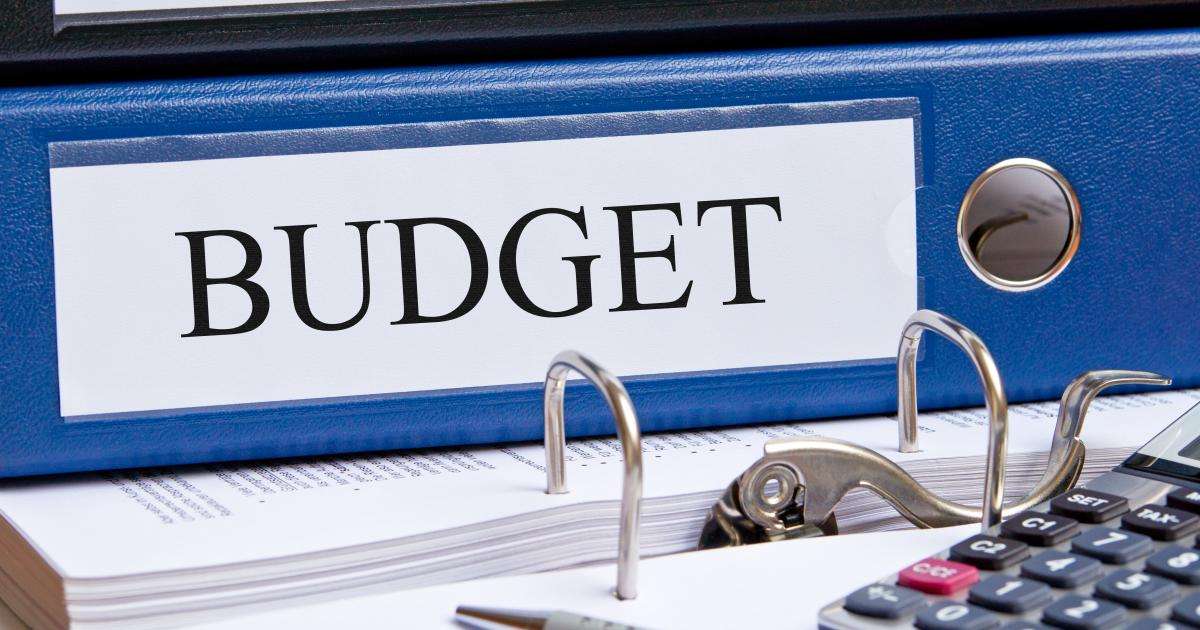Health and safety in the workplace: Safety Budgets
Allocating funds to ensure the health and safety of your employees.
In order for a health and safety system to be set in place and then efficiently managed, a budget will need to be in place. Financial planning is critical to the success of the health and safety programme in the workplace.
The employer retains the ultimate legal responsibility for health and safety matters in the workplace, including that of budget allocations. According to the Occupational Health and Safety Act (85 of 1993) of South Africa, every employer must provide and maintain a safe working environment without any risks to employers. It further sets a clear outline of the exact instances where safety is required for employers.
This includes the following:
Maintenance of plant & machinery so that they can be used without any health risk to the operators
Adequate supervision when plant & machinery is being used by a person that has been trained to understand the hazards of the machinery
Taking the right steps to remove any potential hazard to employees before resorting to personal protective equipment
Taking the right steps to remove any health risk for employees who produce, process, use, handle, store or transports and substances
Providing training to employees to ensure that they are safe at all times
The employer should continue to play a complete role in the health and safety standards set in the workplace, and legally has to provide guidance in terms of funding. This includes ensuring compliance with health and safety standards and the budgetary allowances in this regard, acting promptly to hazards and risks identified, and attention to matters of health and safety, particularly when planning overall budgeting properties.
What is a safety budget?
According to Three Sixty Safety (http://threesixtysafety.com/the-importance-of-budgeting-for-safety/) a safety budget is specifically set out to allocate funds for any future improvements that may arise from recommendations made from safety monitoring activities, risk assessments and accident investigations. These budgets are put in place to enable employers to pay close attention to the health and safety of the workplace and assess future workplace safety provisions. The safety of employees is crucial in the overall performance of any company.
How to set your Health and Safety budget
Plan
Someone once said that productivity is never an accident; it is the result of a commitment to excellence, intelligent planning and focused effort. This is particularly true when it comes to planning a safety budget. Once a business has the right plan in place, it is easy to allocate the correct amount of budget, which will have a direct impact on the overall productivity of the company as well as the revenue.
The planning phase will require an audit of what health and safety procedures the business already has in place and where there may be shortfalls. Once the gap has been established, it is easy to determine how much money the business will need to invest to overcome this gap.
Once a full audit has been completed, an assessment of the current workplace conditions should be completed to measure the extent of the danger employees may be faced with on a daily basis. By identifying any possible health and safety risk, you can be assured that employees will be safe in the workplace.
There are a variety of factors to consider when planning for your health and safety budget for example, if you plan to buy protective gear for all your employees but the company is planning on opening another factory, this would need to be taken into consideration so that there will be sufficient budget to cover all employees during a financial year.
You can never know what may happen in the future, the best thing to do is to have a plan in place for the most dangerous situation that you may face.
Calculate
Once you have identified all the possible health and safety risks that may make the workplace unsafe, the most effective procedures can be identified to implement that will create a safe environment for all employees by minimizing any risks. The most dangerous hazards and threatening areas should be covered first. These areas might cost the most to implement but could have the most devastating effect if the right health and safety measures aren't put in place.
The cost that may be included in the phase:
New plant & machinery
When purchasing you plant & machinery, it is of the utmost importance to choose your suppliers carefully. Do thorough research on their business operations and enquire about the professionals who work on the machines. If they have trained professional who have an extensive amount of experience, you will be given the right guidance to use the machinery and what safety factors you will need to consider.
Maintenance of current plant & machinery
When purchasing your machinery, one of the most important questions to consider is what the maintenance will be on the machinery, how often would it need to be completed and what the costs would be. Once you have all that information, it is easy to include this maintenance into your health & safety budget.
Safety gear and protective equipment
Different areas of different industries may require employees to wear protective gear. This may include gloves, head wear and clothing items. It's the responsibility of the employer to do the necessary research to determine which protective gear would work best for the employees, by not putting their health or safety at risk. Companies may use cheaper products in the production of the safety gear, making it cheaper to produce but not offering the correct amount of protection. Once you have found a trusted company that will provide you with the correct safety equipment, you can easily include this into your budget. 
Employee training
It is the responsibility of the employer to provide training for all employees which will keep them up-to-date on any changes which may have a direct impact on their health and safety in the workplace environment. Further, it is the employees responsibility not to put any other employees in any danger, which can only be achieved if they are correctly informed.
When including employee training into your budget, there are a few questions to consider:
What type of training will the employees need e.g. first aid, machinery etc.
How will this training benefit both the employee and the employer?
Will all employees receive the same training, or will there be different training required at different levels of the organization?
Will the training happen annually or will it be a once of course?
Will there be an opportunity for employees to be trained in such a way that they are able to train other employees, thereby minimizing training cots?
What will the impact of the time away have on the overall operations of the company?
Employee training costs may be a little trickier to budget for as many factors could have a direct impact on the allocated budget amount. It is however, one of the most important areas to consider when planning your budget as an uninformed decision could cost a company millions in revenue.
Communication in the workplace could be an important area of training to be considered, which can easily be overlooked. If there is a good, structured flow of communication between employees and managers/supervisor, it will greatly reduce the risk of injuries and accidents. By encouraging transparent communication, employees will have the freedom to report when they feel something in their work environment is threatening or poses as a danger when performing their duties.
Management Systems
Budget should be allocated to management systems that would need to be put in place to ensure that all health and safety procedure that the company has invested in, runs smoothly and show a ROI. These management systems will be different from industry to industry.
Building design
The design of your building could have a great impact on the overall health and safety of the workplace. This could be a very costly area for any company to budget for, but the good news is that it probably is a once off cost that wouldn't happen again. Structural improvements may be costly but is guaranteed to improve the productivity of the company as well as the overall health and safety of employees.
Building design can includes factors such as ventilation, the placement of fire escapes, access to doors, plumbing, disposal areas etc.
With the rise of artificial intelligence and technology advances in the workplace, automated process can be implemented to increase workplace safety for example industrial health software that has the ability to monitor an employee's risk exposure or machine guidance software which assists employees in performing their tasks which contributes to accuracy and operational productivity.
Implement
The implementation phase should also be included in the budget as this may result in costs for the company for example if there is construction done to the building to improve the safety of workers, what will the impact of the time loss be?
Once all the health and safety hazards have been identified and calculated, the final budget can be completed. Once the budget is in place and all the provisions have been made, all safety procedures can be implemented.
The employees of any company are its most valuable asset. Looking after you employees and ensuring that they have a safe work environment should be your top priority as this will have a direct impact on the overall productivity of your company's operations. Budgets aren't easy to compile and thinking of every risk that your employees may face is even harder. By allocating funds to the improvement of your employees work environment, you can be rest assured that if anything does happen you have the right procedures in place with allocated budget to take care of the problem.
Health and Safety in the Workplace: Safety Budgets
5th Oct
Posted date: 5th Oct 2018
Latest News - General Health and Safety - Risk Assessment - Health and Safety Training - OHS Compliance Audit - OHS Risk Assessment - Security Industry - Educational Services Industry - Food Drinks and Tobacco Industry - Wood and Upholstery Industry - Printing and Paper Industry - Chemical Rubber Oil and Paint Industry - Iron Steel Artificial Limbs Galvanizing Garages and Metals Industry - Trade and Commerce Industry - Banking and Insurance Industry - Airline Aviation Industry - Road Transport Hauliers Industry - Entertainment and Sport Industry - Professional Services Hospitality Industry - Charitable Religion Political and Trade Organisations Industry - Glass Brick Tiles and Concrete Industry 



Comments (1)
costing of Health and Safety management for electrical
2025-07-13 17:36:57